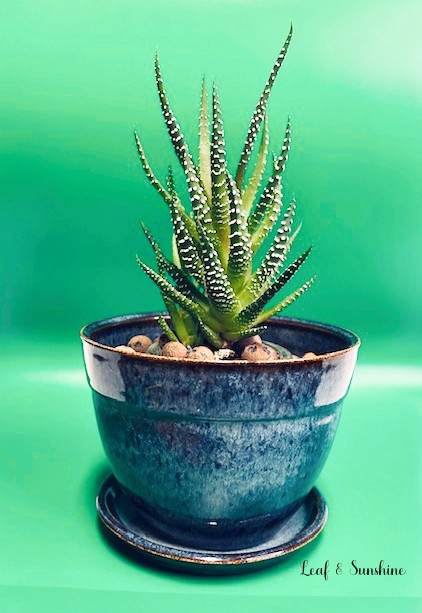Welcome, Succulent Plant Newbie!
If you’ve ever admired a plump jade plant or the geometric charm of an echeveria but felt unsure how to care for them, you’re in the right place. This guide will walk you through everything you need to know to start your succulent journey with confidence—and a smile.
1. Understanding Succulents
Succulents are plants that store water in their leaves, stems, or roots, allowing them to survive in dry conditions. Their thick, fleshy appearance is both beautiful and practical—great news for busy or forgetful plant parents!
Popular varieties for beginners include:
– Jade Plant (Crassula ovata)
– Zebra Haworthia
– Burro’s Tail (Sedum morganianum)
– Echeveria
– Aloe Vera


2. Choosing the Right Pot & Soil
Succulents hate “wet feet,” so drainage is key. Make sure you:
– Use a pot with drainage holes
– Choose unglazed terracotta or ceramic to help wick moisture away
– Use a succulent or cactus mix, or create your own:
– 2 parts potting soil
– 1 part coarse sand
– 1 part perlite or pumice
3. Watering the Right Way
Water deeply but infrequently. Here’s the golden rule:
“Water only when the soil is completely dry.”
– Stick your finger an inch into the soil—if it’s dry, it’s time to water.
– Let water drain through completely; don’t let the pot sit in standing water.
– Once every 10–14 days works for most indoor succulents.
Avoid: Mist-spraying the leaves—succulents prefer water at the roots.
4. Let There Be Light (But Not Too Much!)
Succulents thrive on bright, indirect light. South or east-facing windows are ideal.
Watch for these signs:
– Stretching/leaning? Not enough light.
– Scorched/brown spots? Too much direct sunlight.
A grow light can be helpful in darker homes—especially during winter months.
5. Ideal Environment
Succulents are pretty low-maintenance, but they still like:
– Temperatures between 60°F–80°F
– Good airflow (no stagnant corners)
– Humidity under 50% (overly humid bathrooms are not ideal)
6. Propagation Is Easy (and Fun!)
Once your plant is thriving, you can propagate and grow more!
– Leaf propagation: Gently twist a healthy leaf and let it callous over, then place on dry soil.
– Stem cuttings: Trim a healthy stem, let it dry, then plant in soil.
7. Troubleshooting Common Problems
Issue What it Might Mean
Mushy leaves Overwatering
Wrinkled leaves Under-watering
Stretching Not enough light
White fuzz Mealybugs – wipe with alcohol-soaked cotton swab
Final Thoughts
Succulents are some of the most rewarding plants for beginners—low maintenance, visually striking, and full of personality. As long as you give them well-draining soil, occasional water, and the right light, you’ll be well on your way to a happy, thriving plant collection.
Ready to dig in? Start small, and let your plant confidence grow.
